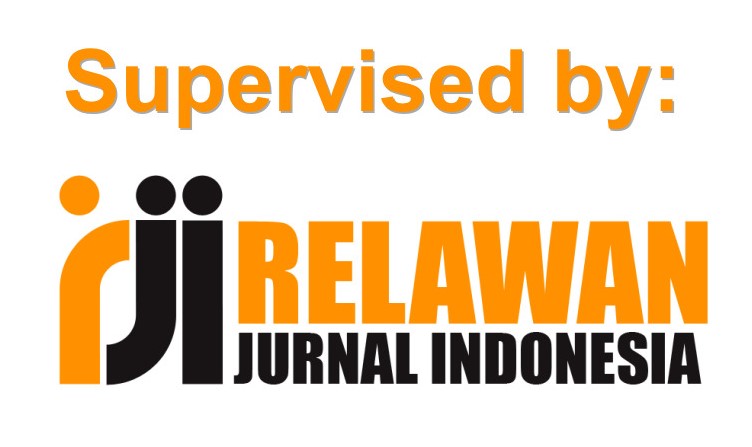SEMIOTIKA PAKAIAN PEGAWAI INDOMARET: ANALISIS IDENTITAS MELALUI SISTEM TANDA VISUAL
Abstract
This article examines the uniform of Indomaret employees as a visual representation that constructs professional identity through a semiotic approach, particularly drawing on Roland Barthes’ theory of signs. In this context, the uniform is not merely functional attire but a sign system imbued with social and ideological meanings. The study explores various visual elements—such as color, material, cut, accessories, and corporate symbols—to identify how each component contributes to the construction of the ideal retail worker as envisioned by the institution. The dominant blue color, for instance, not only symbolizes calmness and trust but also reinforces an image of professionalism and order that aligns with corporate values. Furthermore, the uniform’s standardization creates a homogenization of identity that supports institutional control and fosters collective identity among employees. This article also highlights how the uniform functions as a form of nonverbal communication between employees and consumers and how it plays a role in the power dynamics between institutions and individuals. Thus, the Indomaret uniform is not simply a textile product, but a visual discourse that represents values, roles, and the positioning of individuals within a broader social structure. This article contributes to a deeper understanding of how visual signs in the retail work environment help construct social reality and professional identity in contemporary society.References
Barthes, R. (1983). The fashion system. University of California Press.
Barthes, R. (1983). The fashion system. New York: Hill and Wang.
Berger, A. A. (2010). Pengantar semiotika: Tanda, makna, dan ideologi. Kreasi Wacana.
Chandler, D. (2007). Semiotics: The basics (2nd ed.). Routledge.
Foucault, M. (1977). Discipline and punish: The birth of the prison. New York: Pantheon Books.
Hoed, B. H. (2011). Semiotik dan dinamika sosial budaya. Jakarta: Komunitas Bambu.
Kress, G., & van Leeuwen, T. (2006). Reading images: The grammar of visual design (2nd ed.). Routledge.
Kuswarno, E. (2009). Metode penelitian komunikasi: Fenomenologi, konsepsi, pedoman, dan contoh penelitian. Bandung: Widya Padjadjaran.
Kuswardani, R. (2019). Seragam dan identitas: Kajian makna dalam komunikasi visual institusional. Jurnal Ilmu Komunikasi, 17(1), 55–67. https://jurnal.komunikasi.ui.ac.id/index.php/jik/article/view/279
Nugroho, A. (2016). Semiotika visual dalam seragam kerja: Representasi identitas profesi di ruang publik. Jurnal Desain Komunikasi Visual, 4(2), 89–98. https://jurnal.dkv.isi.ac.id/index.php/jdkv/article/view/56
Sobur, A. (2004). Semiotika komunikasi. Remaja Rosdakarya.
Published
How to Cite
Issue
Section
License
Copyright (c) 2025 JURNAL PENDIDIKAN TEKNOLOGI DAN KEJURUAN

This work is licensed under a Creative Commons Attribution-NonCommercial-ShareAlike 4.0 International License.












